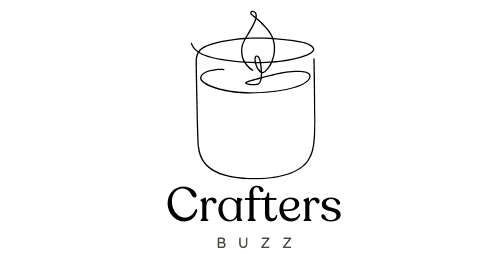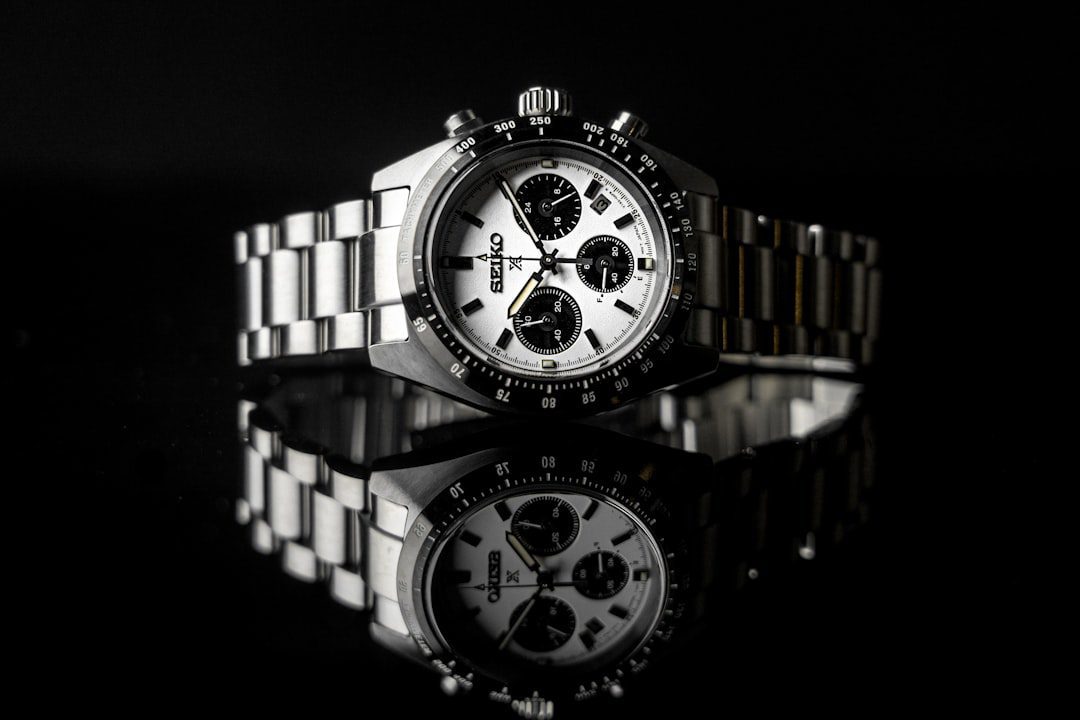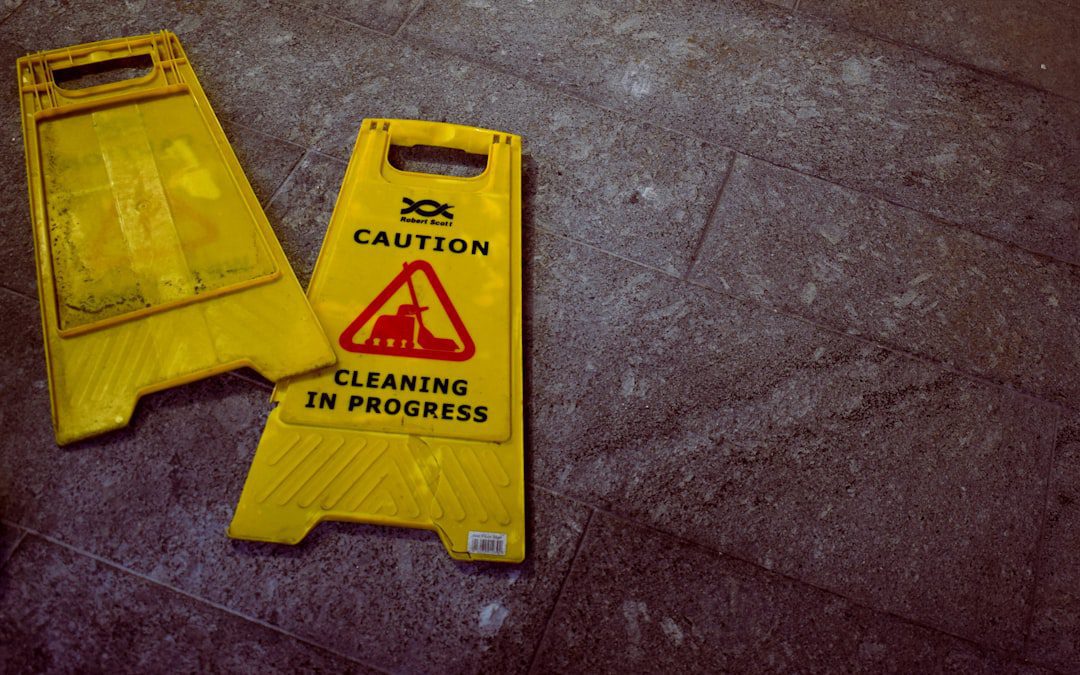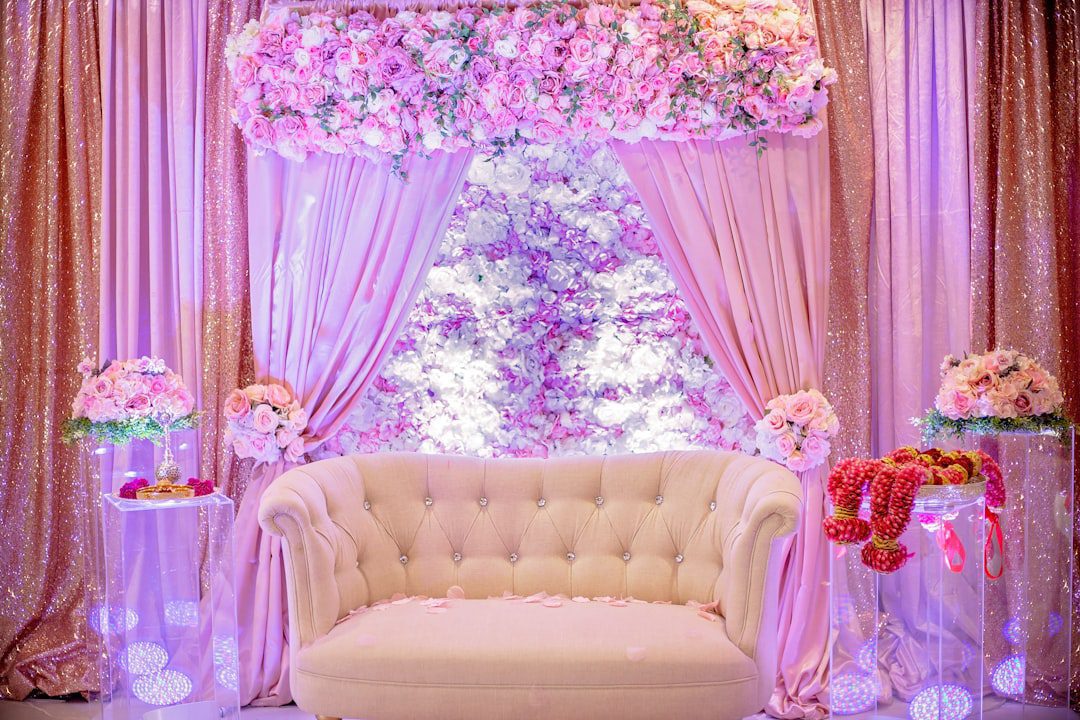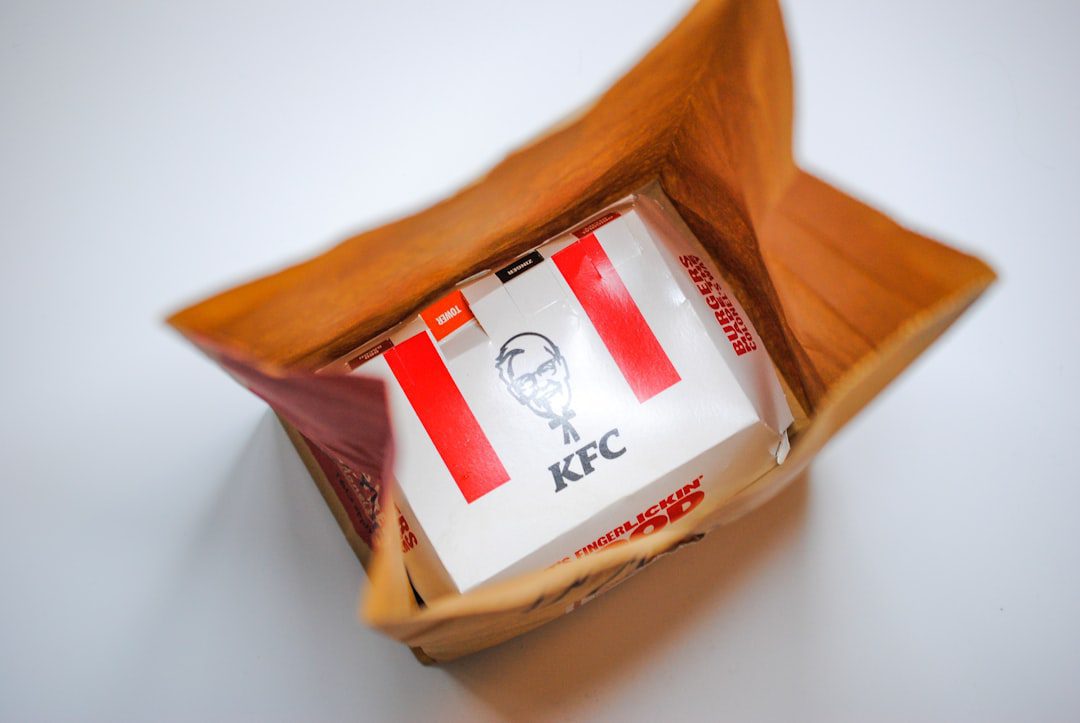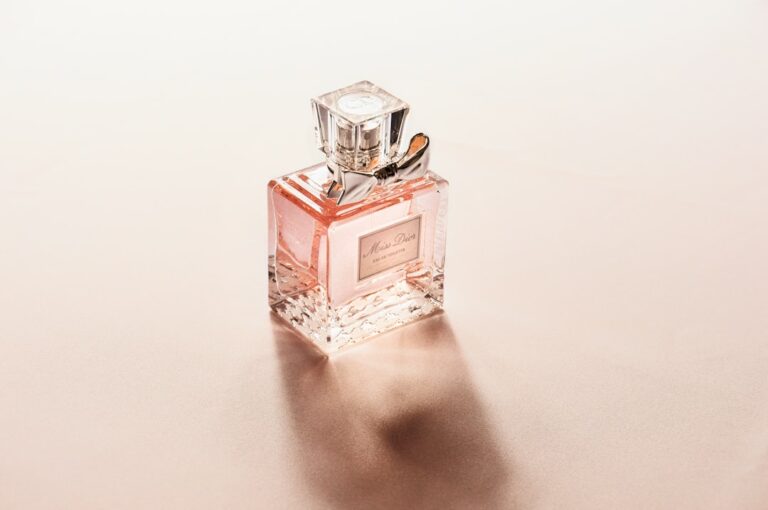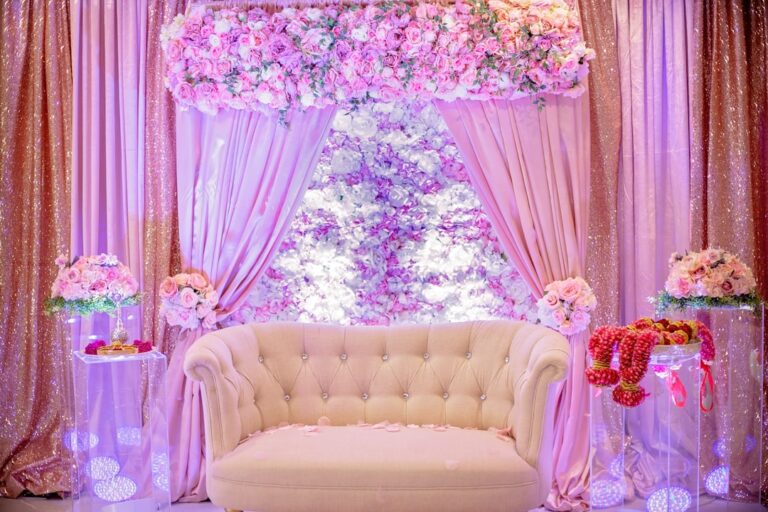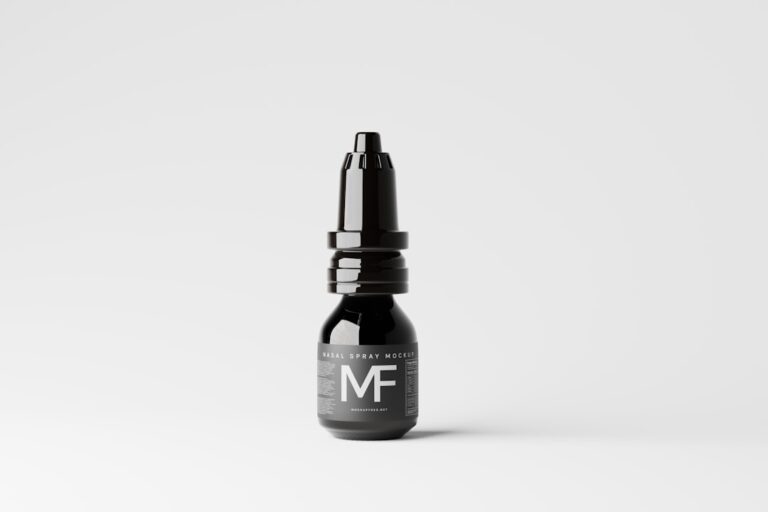How to design high-end, luxury candle packaging that reflects a premium brand.
Brand identity is the cornerstone of any successful business, serving as the visual and emotional representation of a company. It encompasses everything from the logo and color palette to the tone of voice and overall messaging. A well-defined brand identity not only differentiates a company from its competitors but also fosters a connection with its target audience.
For instance, luxury brands like Chanel or Louis Vuitton have meticulously crafted identities that evoke exclusivity and sophistication, which is reflected in every aspect of their marketing and product presentation. To effectively understand and develop a brand identity, businesses must first engage in thorough market research. This involves analyzing competitors, identifying target demographics, and understanding consumer preferences.
By gathering insights into what resonates with their audience, brands can create a cohesive identity that aligns with their values and mission. For example, a sustainable fashion brand may choose earthy tones and natural materials to reflect its commitment to environmental responsibility, while a tech startup might opt for sleek, modern designs to convey innovation and forward-thinking.
Selecting Premium Materials
The choice of materials plays a pivotal role in establishing a brand’s reputation and perceived value. Premium materials not only enhance the aesthetic appeal of products but also communicate quality and durability. For instance, high-end fashion brands often utilize luxurious fabrics such as silk, cashmere, or fine leather to create garments that exude elegance and sophistication.
These materials not only feel good to the touch but also stand the test of time, reinforcing the brand’s commitment to quality. In addition to aesthetics, the selection of materials can also impact the overall customer experience. Brands that prioritize premium materials often find that their products command higher prices, as consumers are willing to pay more for items that feel substantial and well-made.
For example, Apple has built its reputation on using high-quality materials in its products, such as aluminum and glass, which not only enhance the look and feel of devices but also contribute to their longevity. This focus on premium materials helps to solidify Apple’s position as a leader in the tech industry.
Incorporating Elegant Design Elements
Design is an essential aspect of brand identity that goes beyond mere aesthetics; it encompasses functionality, usability, and emotional resonance. Elegant design elements can elevate a product from ordinary to extraordinary, creating a memorable experience for consumers. For instance, minimalist design principles often emphasize clean lines, ample white space, and thoughtful typography, which can convey sophistication and modernity.
Brands like Muji exemplify this approach by offering products that are both functional and visually appealing, appealing to consumers who appreciate simplicity and elegance. Moreover, incorporating elegant design elements can also enhance brand recognition. Consistent use of specific colors, shapes, or patterns can create a visual language that consumers associate with a particular brand.
For example, Tiffany & Co.’s signature robin’s egg blue is instantly recognizable and evokes feelings of luxury and exclusivity. By integrating such distinctive design elements into packaging and product presentation, brands can create a cohesive visual identity that resonates with their audience and reinforces their market position.
Utilizing Customization and Personalization
In today’s competitive landscape, customization and personalization have emerged as powerful tools for brands seeking to differentiate themselves. Consumers increasingly desire products that reflect their individual tastes and preferences, making personalized offerings highly appealing. Brands can leverage this trend by providing options for customization, whether through monogramming, color choices, or tailored features.
For instance, Nike’s “Nike By You” program allows customers to design their own sneakers, selecting colors, materials, and even adding personal inscriptions. Personalization extends beyond product offerings; it can also be integrated into marketing strategies. Brands can utilize data analytics to understand consumer behavior and preferences better, allowing them to deliver targeted messaging and recommendations.
For example, Netflix employs sophisticated algorithms to suggest content based on users’ viewing history, creating a personalized experience that keeps customers engaged. By embracing customization and personalization, brands can foster deeper connections with their audience and enhance customer loyalty.
Emphasizing Brand Storytelling
Brand storytelling is an essential component of effective marketing that allows companies to connect with consumers on an emotional level. A compelling narrative can humanize a brand, making it relatable and memorable. Successful brands often share their origin stories, values, and mission in a way that resonates with their audience.
For instance, TOMS Shoes has built its brand around the story of giving back; for every pair of shoes sold, the company donates a pair to someone in need. This narrative not only differentiates TOMS from competitors but also fosters a sense of community among consumers who share similar values. Moreover, storytelling can be woven into various aspects of branding, including packaging design and advertising campaigns.
Brands can use visuals, language, and imagery to convey their story effectively. For example, Coca-Cola’s “Share a Coke” campaign personalized bottles with popular names, encouraging consumers to share their experiences on social media. This approach not only engaged customers but also reinforced Coca-Cola’s brand narrative of connection and happiness.
By emphasizing brand storytelling, companies can create lasting impressions that resonate with consumers long after the initial interaction.
Ensuring Functional and Practical Packaging
While aesthetics are crucial in packaging design, functionality should never be overlooked. Practical packaging enhances the user experience by ensuring that products are easy to open, store, and transport. Brands must consider factors such as durability, size, and usability when designing packaging solutions.
For instance, food brands often prioritize resealable packaging to maintain freshness while providing convenience for consumers. Brands like Pringles have successfully utilized innovative packaging designs that allow for easy access while minimizing waste. Additionally, functional packaging can also serve as a marketing tool by providing essential information about the product.
Clear labeling that highlights key features or benefits can help consumers make informed purchasing decisions. For example, skincare brands often include detailed ingredient lists on their packaging to educate consumers about the benefits of each component. By ensuring that packaging is both functional and informative, brands can enhance customer satisfaction while reinforcing their commitment to quality.
Implementing Sustainable and Eco-Friendly Practices
As environmental concerns continue to rise among consumers, brands are increasingly prioritizing sustainability in their operations and packaging choices. Implementing eco-friendly practices not only demonstrates corporate responsibility but also appeals to environmentally conscious consumers who seek brands aligned with their values. Companies can adopt various strategies to reduce their environmental impact, such as using recycled materials for packaging or minimizing excess waste during production.
For instance, brands like Uncommon Goods have made sustainability a core part of their identity by offering products made from recycled or upcycled materials. Their commitment to eco-friendly practices resonates with consumers who prioritize sustainability in their purchasing decisions. Additionally, brands can communicate their sustainability efforts through transparent messaging on packaging or marketing materials.
By highlighting eco-friendly initiatives, companies can build trust with consumers while contributing positively to the environment.
Collaborating with Professional Packaging Experts
To achieve optimal results in packaging design and branding efforts, collaborating with professional packaging experts is essential. These specialists possess the knowledge and experience necessary to create innovative solutions that align with a brand’s identity while meeting practical requirements. Engaging with packaging designers can lead to unique concepts that enhance product presentation while ensuring functionality.
For example, companies like Packlane offer customizable packaging solutions tailored to specific brand needs. By working closely with professionals who understand market trends and consumer preferences, brands can develop packaging that stands out on shelves while effectively communicating their message. Furthermore, professional packaging experts can provide valuable insights into material selection and production processes, ensuring that brands make informed decisions that align with their sustainability goals.
In conclusion, building a strong brand identity requires a multifaceted approach that encompasses various elements such as material selection, design aesthetics, customization options, storytelling techniques, functionality in packaging design, sustainability practices, and collaboration with experts in the field. Each component plays a vital role in shaping how consumers perceive a brand and ultimately influences their purchasing decisions. By investing time and resources into these areas, companies can create compelling brand experiences that resonate with their target audience while fostering long-term loyalty.
If you’re looking to create high-end, luxury candle packaging that truly reflects the premium brand you’ve worked so hard to build, you may also be interested in learning how to make your own sturdy pillar candles for any occasion. This DIY guide will walk you through the process step by step, helping you to create beautiful candles that will complement your luxurious packaging perfectly. Additionally, if you’re just starting out on your candle-making journey, you may want to consider investing in a beginner candle-making kit to help you get started. Check out this article for more information on how to begin your candle-making adventure. And if you’re interested in creating your own candle melts, this beginner’s fragrance guide will help you choose the perfect scents to complement your luxury brand.
FAQs
What are the key elements of high-end, luxury candle packaging?
High-end, luxury candle packaging typically includes elements such as premium materials, elegant and sophisticated design, attention to detail, and a focus on creating a luxurious unboxing experience for the customer.
What materials are commonly used in high-end, luxury candle packaging?
Common materials used in high-end, luxury candle packaging include high-quality paperboard, specialty papers, embossed or debossed finishes, foil stamping, and luxurious fabric or ribbon accents.
How can high-end, luxury candle packaging reflect a premium brand?
High-end, luxury candle packaging can reflect a premium brand through the use of sophisticated and elegant design elements, premium materials, attention to detail, and a cohesive brand identity that aligns with the brand’s overall image and values.
What design elements should be considered when creating high-end, luxury candle packaging?
When creating high-end, luxury candle packaging, design elements such as minimalist and elegant typography, sophisticated color palettes, embossed or debossed finishes, foil stamping, and unique structural elements should be considered to create a premium and luxurious look and feel.
How important is the unboxing experience in high-end, luxury candle packaging?
The unboxing experience is crucial in high-end, luxury candle packaging as it is an opportunity to create a memorable and luxurious experience for the customer. Attention to detail, premium materials, and unique structural elements can enhance the unboxing experience and leave a lasting impression on the customer.
